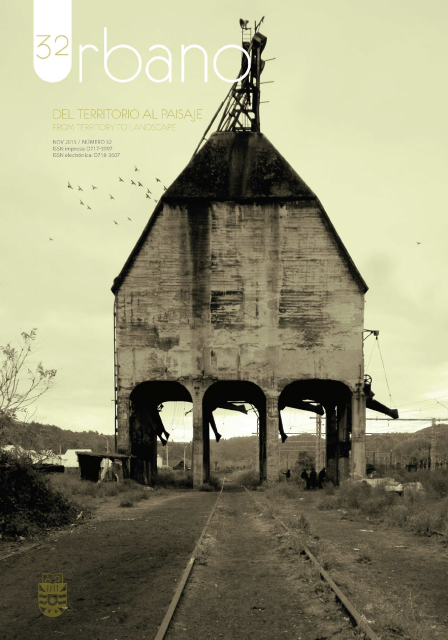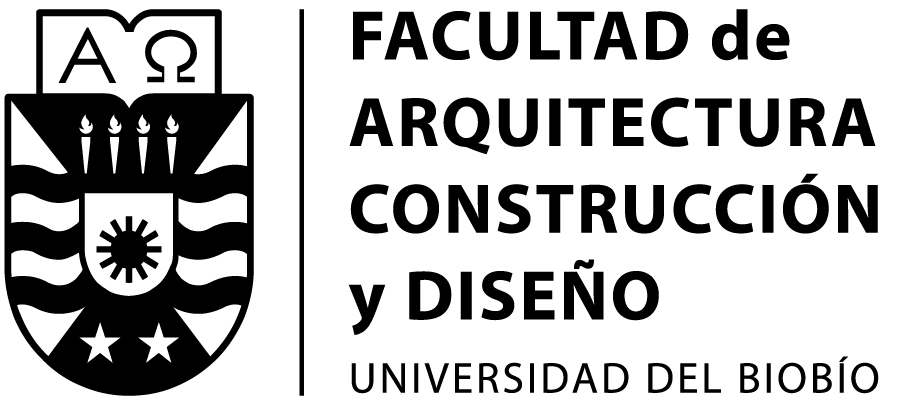Correlación entre índices urbanos: La gestión del agua de uso urbano y la marginación urbana
Palabras clave:
gestión del agua, marginación urbana, servicios públicos y urbanismoResumen
El presente artículo es producto de dos estudios; uno con un perfil de investigación aplicada, que considera la construcción de un sistema de indicadores para la valoración de la gestión del agua de uso urbano (IGSA); en cuarenta organismos operadores en México; la otra investigación, tiene carácter documental y, se realizó con datos publicados por el Consejo Nacional de Población (CONAPO), sobre el Índice de Marginación Urbana (IMU), en igual número de localidades. El propósito fundamental fue encontrar la correlación entre estas dos dimensiones. Se trabajó con la técnica estadística de correlación simple para comprobar de manera empírica afirmaciones de diferentes estudios que establecen que proveer de mejores servicios de agua a las comunidades, modifica de manera positiva su marginación urbana. Los resultados establecen una correlación inversa entre los indicadores, lo que se puede leer como que: a mayor índice de gestión del agua, es menor el grado de marginación en las ciudades. Se concluye que los beneficios al invertir en gestión del agua son mayores a los costos; presentando aproximaciones para entender porque se debe mejorar la gestión de los servicios del agua de uso urbana y, así mejorar la calidad de vida de habitantes de zona urbanas.
Descargas
Citas
De la Vega Estrada, Sergio, Téllez Vázquez, Yolanda y López Ramírez, Jorge. 2012. Índice de marginación por localidad. sitio web de la Comisión Nacional de Población. [En línea] 2012. [Citado el: 10 de Julio de 2014.] http://www.conapo.gob.mx/work/models/CONAPO/indices_margina/2010/documentoprincipal/Capitulo01.pdf.
Håkan, Tropp. 2010. Foretica. [En línea] SEPTIEMBRE de 2010. [Citado el: 15 de julio de 2014.] http://www.foretica.org/biblioteca/cuadernos-foretica/doc_details/25-16-el-agua-como-parte-integrante-del-desarrollo-economico?lang=es. 978-84-614-3556-2.
INEGI. 2005. ww3.inegi.org.mx. ww3.inegi.org.mx. [En línea] 2005. [Citado el: 18 de Agosto de 2014.] http://www3.inegi.org.mx/sistemas/temas/default.aspx?s=est&c=17484.
Iñiguez Sepúlveda, César D. y Caballero Fernández, Rafael. 2012. Valoración de la gestión de organismos operadores de los servicios públicos del agua en ciudades de México. Aplicando análisis multicriterio. Cuadernos de Vivienda y Urbanismo. Pontificia Universidad Javeriana. [En línea] 2012. [Citado el: 12 de Julio de 2014.] http://revistas.javeriana.edu.co/index.php/cvyu/article/viewFile/5757/4759.
Jouravlev, Andrei S. 2011. Importancia de los recursos Hídricos. Comisión Económica para América Latina y del Caribe (CEPAL). CEPAL. [En línea] 22 de Julio de 2011. [Citado el: 12 de Febrero de 2014.] http://www.cepal.org/drni/noticias/noticias/8/44648/Panama_30_09_2011.pdf.
Olcese, Orlando. 2000. MPORTANCIA DEL AGUA EN EL DESARROLLO. iNSTITUTO INTERAMERICANO DE COOPERACION PARA LA AGRICULTURA. [En línea] 16 de 3 de 2000. [Citado el: 12 de julio de 2014.] http://www.iica.int/foragro/documentos/Ciencia/Gestion-del-Agua/07-B1-ImportanciaAgua.pdf.
OMM. 1992. DECLARACIÓN DE DUBLÍN SOBRE EL AGUA Y EL DESARROLLO SOSTENIBLE:Organización Meteorológica Mundial. [En línea] 1992. [Citado el: 02 de Agosto de 2014.] https://www.wmo.int/pages/prog/hwrp/documents/espanol/icwedecs.html.
ONU. 1993. El estado mundial de la agriicultura y la alimentación 1993. Organización de las Naciones Unidas para la Agricultura y la Alimentación. Roma : FAO, 1993. págs. 230-231.
Sachs, Jeffrey D. 2001. Tropical Underdevelopment - The Earth Institute. Tropical Underdevelopment - The Earth Institute. [En línea] 2001. [Citado el: 25 de Agosto de 2014.] http://earth.columbia.edu/sitefiles/file/about/director/documents/nber8119.pdf.
SEMARNAT. 2014. Secretaría de Medio Ambiente y Recursos NaturalesPlan Nacional Hídrico 2013-2018. Plan Nacional de Desarrollo. [En línea] 2014. [Citado el: 20 de julio de 2014.] http://www.conagua.gob.mx/CONAGUA07/Contenido/Documentos/Capitulo1.pdf.
Descargas
Publicado
Cómo citar
Número
Sección
Licencia
El contenido de los artículos y reseñas que se publican en cada número de Urbano, es responsabilidad exclusiva de los autores y no representan necesariamente el pensamiento ni comprometen la opinión de la Universidad del Bío-Bío.
Las/os autoras/es conservarán sus derechos de autor, sin embargo, garantizarán a la revista el derecho de primera publicación y difusión de su obra. La publicación del artículo en Urbano estará sujeta a la Licencia de Reconocimiento de Creative Commons CC BY-SA que permite a otros compartir-copiar, transformar o crear nuevo material a partir de esta obra para cualquier propósito, incluso comercialmente, siempre y cuando se reconozcan la autoría y la primera publicación en esta revista, y sus nuevas creaciones estén bajo una licencia con los mismos términos.![]()























